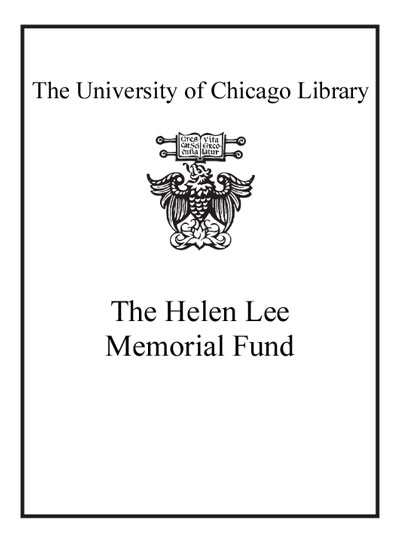| Notes: | Catalog of an exhibition held at Vitra Design Museum, Weil am Rhein, Germany, March 20-September 5, 2021 ; Kunstgewerbemuseum, Staatliche Kunstsammlungen, Dresden, Germany, October 15, 2021-February 20, 2022.
"With works by: Otl Aicher, Helmut Bätzner, Hans Theo Baumann, Günter Beltzig, Max Bill, Doris Casse-Schlüter, Luigi Colani, Egon Eiermann, Willy fleckhaus, Hans Gugelot, Margret Hildebrand, Herbert Hirche, Heinrich Löffelhardt, Ingo Maurer, Trude Petri, Dieter Rams, Hans (Nick) Roericht, Richard Sapper, Claudia Skoda, Wilhelm Wagenfeld, Hedwig Bollhagen, Hans Brockhage, Friedrich Bundtzen, Karl Clauss Dietel, Ilse Decho, Wolfgang Dyroff, Franz Ehrlich, Rudolf Horn, Rudi Högner, Margarete Jahny, Martin Kelm, Albert Krause, Hans Merz, Horst Michel, Renate Müller, Christa Petroff-Bohne, Lothar Reher, Lutz Rudolph, Selman Selmanagić, Klaus Wittkugel"--Page 2 of cover.
Includes bibliographical references and index.
|
|---|
| Summary: | The cheap, colourful plastic designs from East Germany pitted against the cool functionalism of West German design: The publication German Design 1949 - 1989: Two Countries, One History does away with such cliches. More than 30 years after German reunification, it presents a comprehensive overview of German design history of the post-war period for the first time ever. With over 300 illustrations and numerous examples from the fields of design-fashion, furniture, graphics, automobile, industrial, and interiors - the book shows how design featured in daily life on both sides of the Wall, the important part it played in the reconstruction process and how it served as a propaganda tool during the Cold War. While the book highlights the different realities of East and West, the many cross references that connected design in both are also examined. It impressively illustrates the many facets of German design history in the post-war period: from the domestic sphere to global politics, from industrial products to design's role as a tool of protest that foreshadowed the fall of the Berlin Wall in 1989. With contributions by Paul Betts, Greg Castillo, Petra Eisele, Siegfried Gronert, Jana Scholze, Katharina Pfutzner, Eli Rubin, Katrin Schreiter, Oliver Sukrow, Carsten Wolff, among others; interviews with Prem Krishnamurthy, Renate Muller and Dieter Rams.
|
|---|

